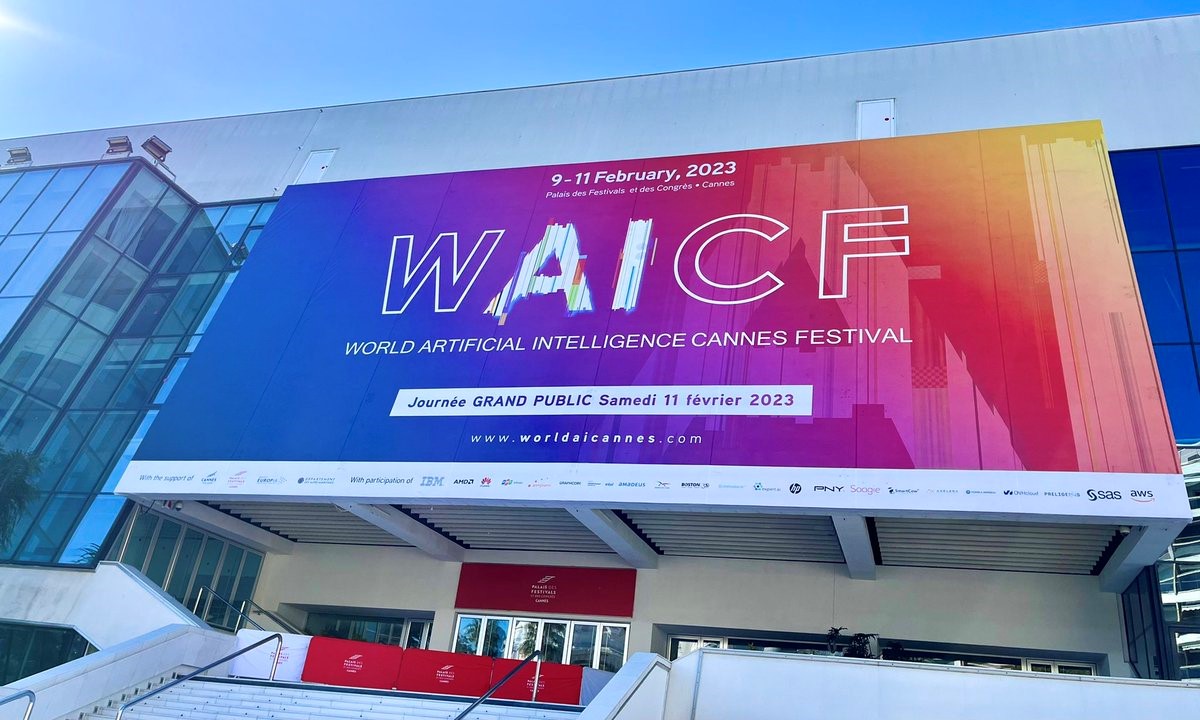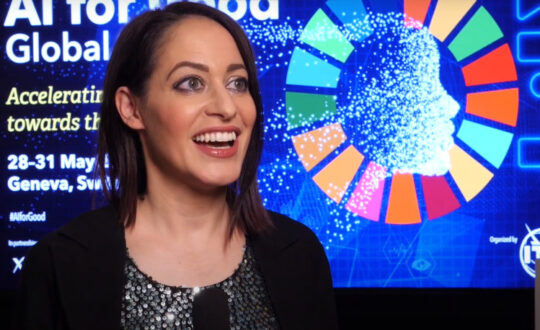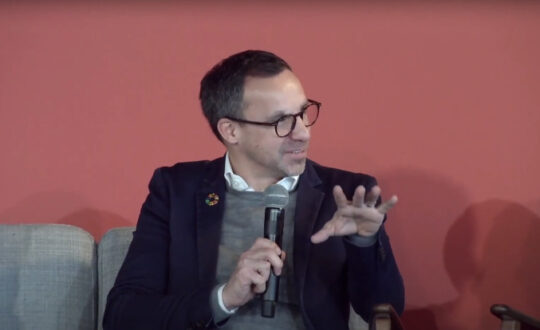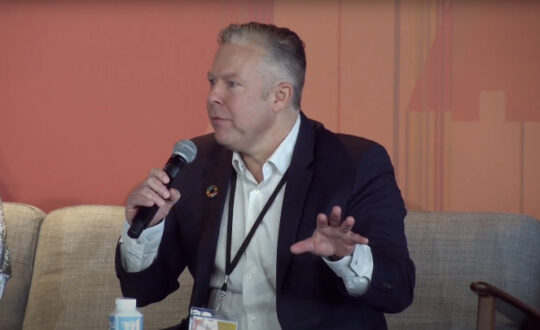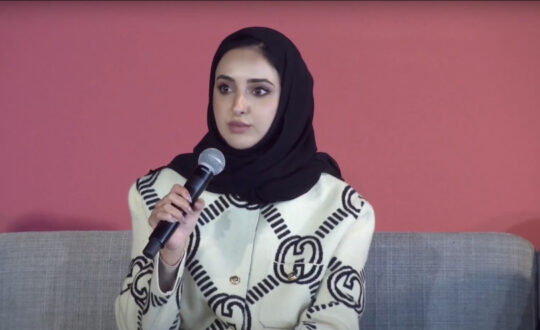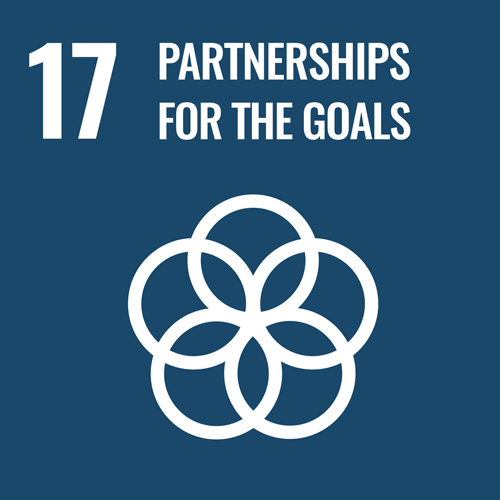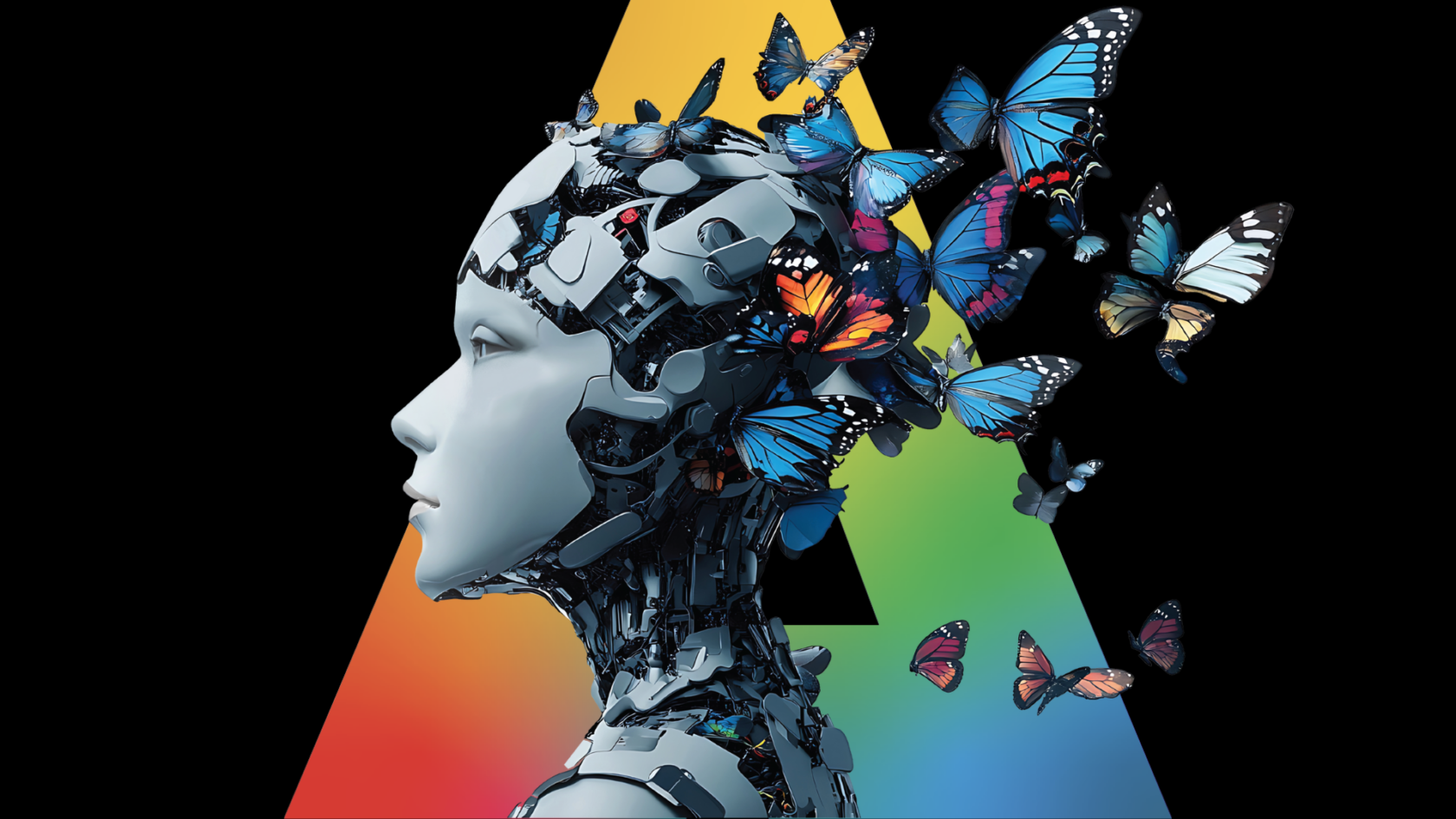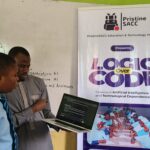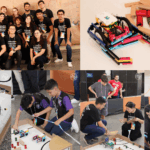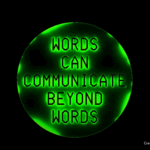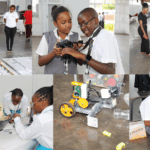The World Artificial Intelligence Cannes Festival (WAICF) is an international event that aims to showcase the latest advancements and innovations in the field of artificial intelligence (AI). The festival brings together researchers, academics, business leaders, innovators, investors, and AI enthusiasts from around the world to discuss and explore the possibilities and challenges of AI.
Frederic Werner, Head, Strategic Engagement at ITU, opened the floor of the panel at WAICF 2023, by highlighting the potential for AI technology to be both beneficial and harmful to society. He stressed the importance of responsible use of AI technology, as it can impact outcomes, be it for good, bad, or neutral purposes. Fred discussed the creation of AI for Good, an initiative aimed at encouraging action and advocating for change in the field of artificial intelligence for the greater good. He highlighted the role of AI in achieving the United Nations Sustainable Development Goals (SDGs) and the need for ethical and responsible development and use of AI to avoid unintended negative consequences. AI for Good aims to identify practical applications of AI, scale up solutions globally, and accelerate progress towards the SDGs by promoting collaboration and sharing knowledge among experts and enthusiasts in the field of AI.
Bryn Balcombe, Autonomy Systems and Regulatory Expert, at Oxobotica, which focuses on Universal Autonomy, working on various domains such as on-road, off-road, mining, solar farms, wind farms, petrochemical plants, last-mile delivery, logistics, and people movement. The company aims to reduce road fatalities by 50% by 2030 and provide safe, affordable, and accessible mobility for cities. Previously, Balcombe worked at Robo race, the world’s first autonomous Motorsport Championship, and Formula One developing communication systems.
Ebtesam Almazrouei, Director of the Al-Cross Center Unit at Technology Innovation Institute (TII)TII is a center for pioneering scientists and engineers from around the world who are working to solve society’s greatest challenges and create a new era of enlightenment. TII’s focuses on embedding AI technologies for humanity and sustainability to create a better future for current and future generations and is committed to working towards the United Nations Sustainable Development Goals.
LJ Rich, Inventor, BBC “Click” Presenter at BBC News. LJ starts her presentation by describing her recent experiences in designing installations that explore the interactions between humans, creativity, and technology. LJ has invented projects that have gained national and international press attention and have spoken at the AI for Good Summit 2019 on the links between creativity and technology
LJ has incorporated AI and machine learning into their projects, including entering an AI version of the Eurovision song contest and making the Beatles sing “Call Me Maybe.” She is currently filming a web series on amazing applications of AI and invite others to get involved.
Discover more on LJ Rich’s work here.
How do you define AI for Good?
Bryn kick started the open discussing the speaker is discussing the concept of “AI for good” and acknowledges that there are also applications of AI that can be considered “evil.”
“There are applications that are considered to be evil and I think with that they’re the things that we’re as a society trying to avoid” expressed Bryn.
“If you look at things like cyber security or misinformation you know AI is both a tool and a weapon” answered Fred.
According to Fred, AI for good starts with the Sustainable Development Goals (SDGs), and any technology that can aid in achieving these objectives is considered beneficial. Moreover, he emphasizes the significance of inclusivity and ensuring that AI-powered solutions work equally well for individuals of different genders, ages, skin colors, and those in low-resource settings. While the fast-moving tech and startup industry may view these aspects as an afterthought, raising capital being their main focus, at AI for Good.
“It is something that people think deeply about […] starting at the the base level. Is this data set inclusive? Does it serve everyone? Is it beneficial?” Continued Fred.
For Fred, asking difficult questions at the beginning when designing applications would have made the internet would have made the internet better. In contrast, these questions are constant across AI for Good discussion. He further emphasizes the urgency within the community of developing practical applications that can be implemented now to make progress towards the SDGs before the 2030 deadline.
How do you measure success in this area? How do you know that you’re doing something meaningful in AI for Good especially across the broad among of SDGs in actual model development?
During the discussion, Ebtesam brought up the topic of measuring success in AI for good with regards to the Sustainable Development Goals (SDGs) they are working on. She also mentioned their AI Cross Center unit, which has a strong focus on promoting ethical AI development, privacy, and sustainable energy consumption. In fact, Ebtesam went on to elaborate on the five main programs within their AI cross-center unit, which encompass topics such as fundamental AI theory and algorithms, computational systems, vision detection, data-driven technology, and AI ethics. According to Ebtesam, their primary program is centered around AI for good, and the team is dedicated to ensuring that all projects they undertake prioritize ethical AI, privacy, and energy efficiency.
“We are focusing on Health Care, education system. How we can use it to embrace our life for a better Humanity” presented Ebtesam.
TII has created NOOR, one of the biggest NLB models globally, and is in the process of developing their large language model, which exceeds GPT3’s performance. TII is also exploring the energy consumption of these models and has published a report on their carbon footprint, outlining its potential impact on our lives and how we can leverage it in education and healthcare. Ebtesam proposes that narrative AI models may be beneficial in healthcare systems, such as aiding in the diagnosis process.
What is your perspective as a creative. How do you define AI for good and whether we’re successful in pursuing that?
“Creative people can use AI as a tool as a collaborator and together we can inspire better and maybe even democratize composition” argued LJ.
Indeed, LJ believes that AI can be used as a tool and collaborator for creativity, which could potentially democratize composition.
“The most beautiful symphony in the world could be in the head of one of you and you might not be a musician so how do you get the music out of your head and into the wider word?” Questioned LJ.
LJ highlights the power of turning one’s thoughts into a symphony using AI, which can be applied outside of creativity as well. LJ suggested that some of the best inventions have come from play, and seeing AI as a collaborator rather than the end of creativity is a good start.




